Around 6,000 deaf children are born in South Africa each year, but the lack of universal newborn hearing screening means that the average age of diagnosis of hearing loss in South Africa is 28 months old.
In South Africa, the availability of data on deaf child development and impact of early intervention is sparce. Structured early intervention programmes to promote early childhood development in the first three years of life are minimal and those offering South African Sign Language (SASL) as a language option are very rare and largely unavailable to families. As a result, the linguistic, communicative, cognitive, and socio-emotional development of deaf and hard-of-hearing children in South Africa can be delayed, often significantly.
Conversely, results from high-income countries show that identification and diagnosis by 3 months of age with family support and early intervention by 6 months of age drastically improve the developmental progress of deaf children.
DataDrive2030 will be participating in a research project to address whether exposure to a home-based early intervention programme for deaf infants before the age of 6 years has an impact on their development in the context of South Africa.
This collaborative research project between the University of the Witwatersrand’s Centre for Deaf Studies and the University of Manchester’s SORD programme is funded by the UK’s Medical Research Council.
The project will investigate the extent and character of the impact of such a home-based early intervention programme, alongside an understanding of what might mitigate the effectiveness of such a programme of intervention. This is important because home-based early intervention for deaf infants is not universal and the case for its effectiveness is not proven within the wider context of school readiness in South Africa.
The programme that will be investigated is the HI HOPES early intervention and family support programme. HI HOPES supports families with deaf and hard of hearing children, and was founded in 2006 by the Wits Centre for Deaf Studies as a non-profit programme that provides families with specialised home-based ECD programme for children from birth to 6 years.
The project will also look to provide large scale data on the development of deaf children in South Africa aligned with the South African Government/UNICEF National Early Learning and Development Standards (NELDS) from birth to four years as well as the South African developed, age-normed and standardised Early Learning Outcomes Measure (ELOM) 4 & 5 Years assessment tool. An important part of this work will be the adaptation of the ELOM to ensure suitability for deaf children as well as developing a standardised South African Sign Language (SASL) version to ensure the validity of all items for children who are SASL users.
It will be possible for the first time in South Africa to accurately evaluate deaf children’s developmental progress and needs in all domains (not just language) at point of school entry.
Please get in touch with us on info@datadrive2030.co.za if you would like more information about this project related to ELOM. For more information on the overall research project, please contact:
Prof Claudine Storbeck – Primary Investigator: South Africa, The University of the Witwatersrand, claudine.storbeck@wits.ac.za
Prof Alys Young – Primary Investigator: UK, The University of Manchester, alys.young@manchester.ac.uk
Photo courtesy of the Wits Centre for Deaf Studies

